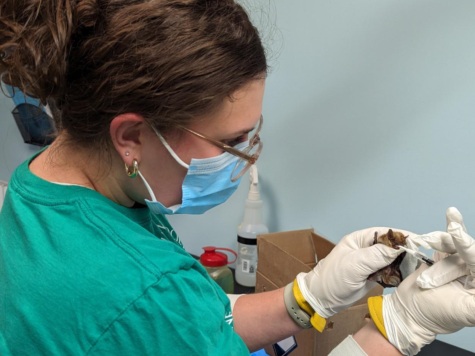During the COVID-19 pandemic, we strongly encourage you to make sure that you have plans in place for your pets. Gather members of your household and walk through the following steps to ensure your animals will be well cared for in the event of an emergency.
1. Know the facts: According to the CDC, there is no evidence that people can get COVID-19 from pets. The best place for your animal is inside the home they know and love. If you aren’t feeling well but are still able to provide care for your pet, please keep them at home with you where they’re most comfortable.
2. If you do become too ill to care for your pet or you need to be hospitalized, figure out if there is someone who can take over for you. Is there anyone else in your home who could help? Maybe you have a neighbor, friend, coworker or family member who could take them in? Even a groomer, daycare, or boarding facility may be able to help in your time of need with advance notice. The most important thing you can do today is come up with two potential pet plans and talk directly with those people so they’re prepared in case they’re called to action.
3. Prepare a pet supply kit. This kit will be hugely helpful if you find yourself in an emergency situation without the ability to track down the proper supplies and information when you need to act quickly. Make this kit easy for someone else to find in your home if you are not there to retrieve it yourself. If possible, your kit should include:
- Name and contact information for the people who can care for your pets
- Food, treats, a leash, a couple of toys, and any other supplies necessary to care for your pet for at least two weeks
- A crate or carrier to transport your pet
- Vaccination records
- Medications and prescriptions, along with instructions
- Daily care instructions
- Your vet's contact information
4. Make sure your pet's microchip information is up to date and your dog has an ID tag on their collar. This is a quick way to be sure that your pet can find their way home if they are lost. To check your pet's microchip information, visit the manufacturer's website. Have a number but not the brand? Look it up in the universal microchip lookup. The most common microchip brands are:
- 24PetWatch (Adopted from DCHS? Your animal most likely has this brand of microchip)
- HomeAgain (Is your DCHS dog from Greater Birmingham? They may have this type of microchip.)
- AKC Reunite
- AVID
- PetLink
- Petkey
With your whole family on board and a plan in place, you’ll feel a bit better about your pet’s safety knowing they’re in good hands no matter what challenges may arise.
Thank you to our friends at Wisconsin Humane Society for sharing this great plan!






